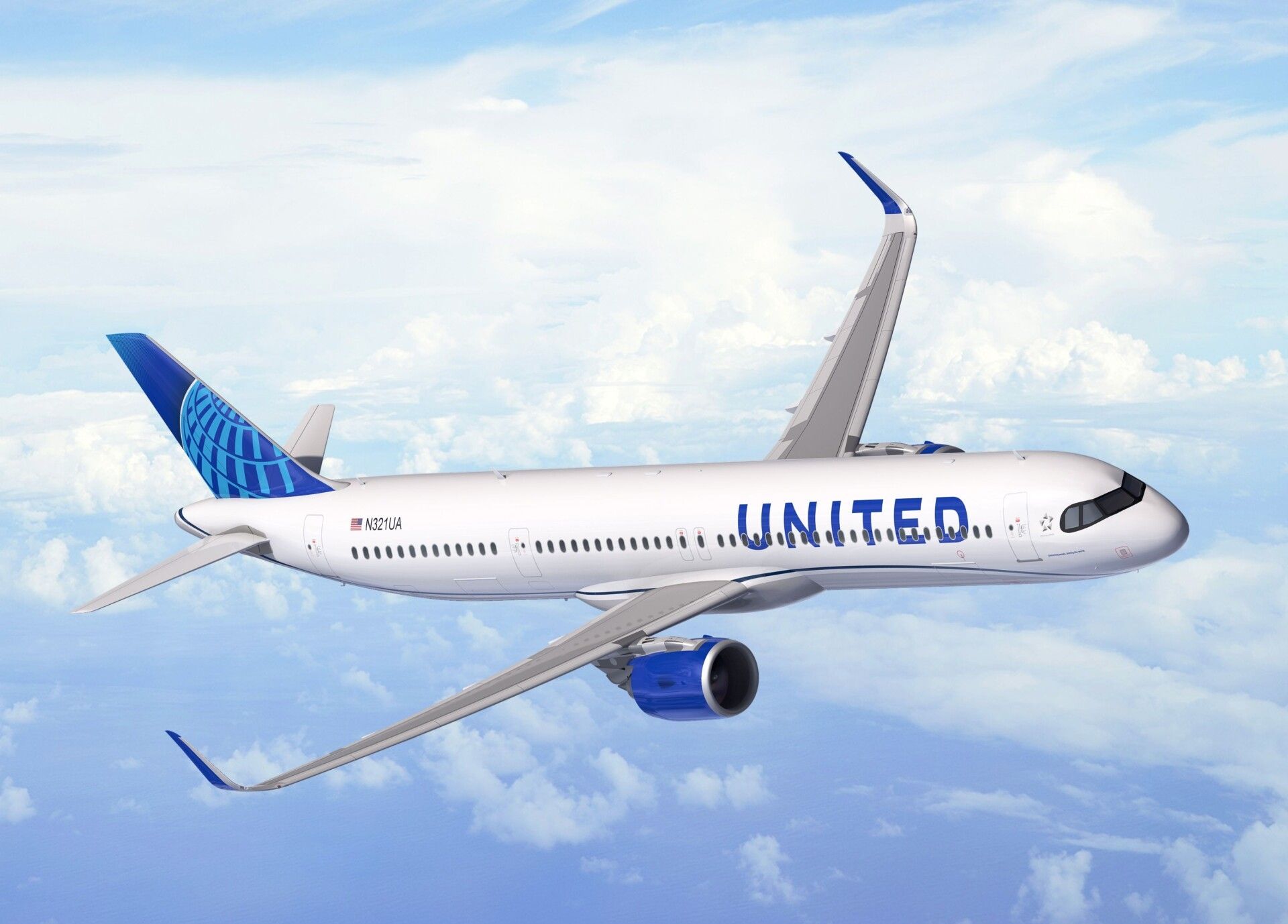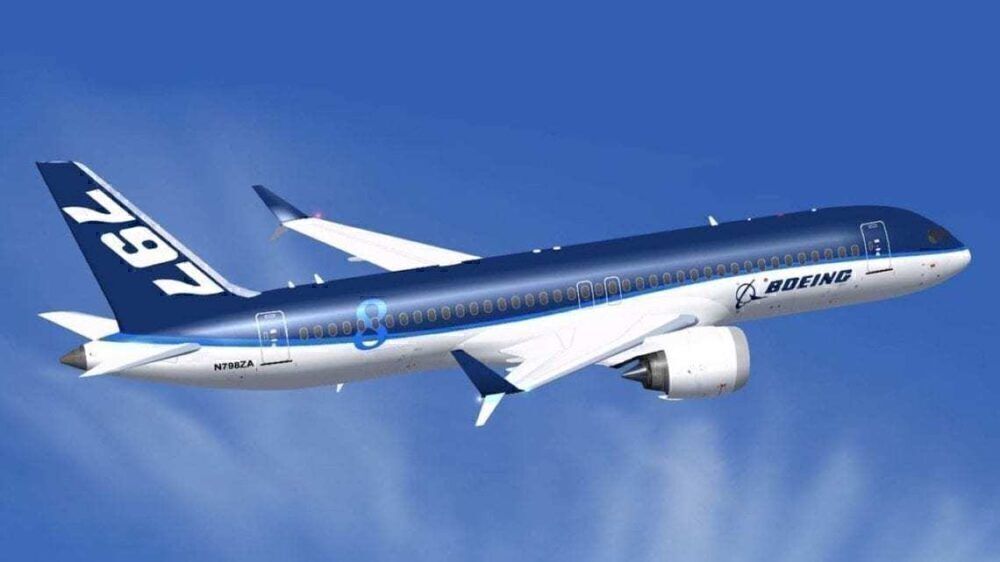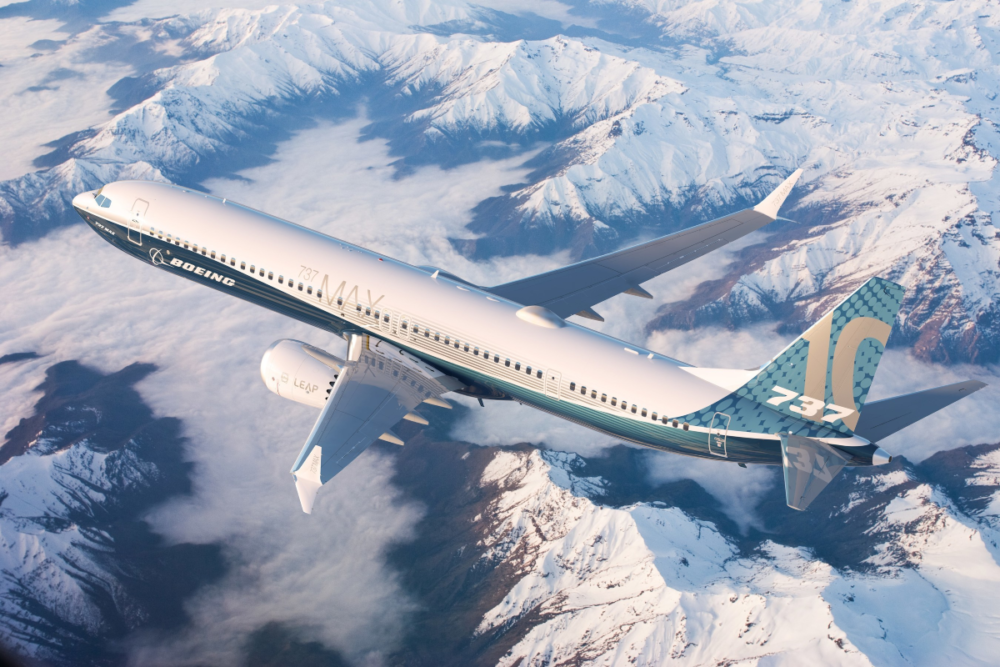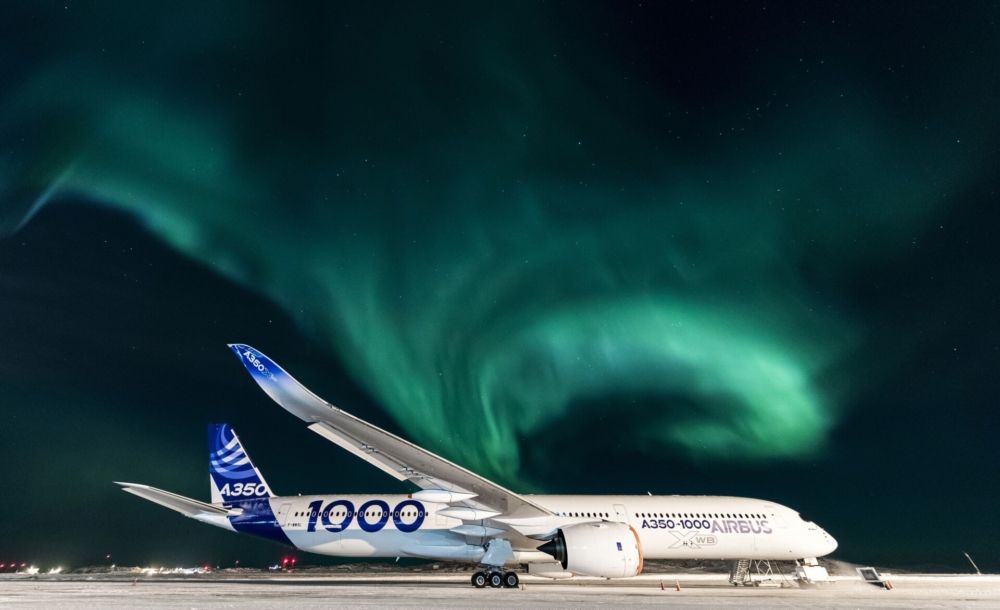The rivalry between Boeing and Airbus has seen tit-for-tat moves on a number of occasions throughout history. Boeing's hasty launch of the 737 MAX following Airbus’ neo reveal is just one example. Sir Tim Clark, president of Emirates and one of the world’s most respected aviation veterans, thinks Boeing has spent too long eyeing what the ‘others across the pond’ are doing, instead of listening to what the market needs.
The world’s most interesting duopoly
The duopoly that has existed between Boeing and Airbus has fascinated the aviation industry for decades. While Boeing historically would have the upper hand, more recent events have seen the US manufacturer playing catch up while Airbus continued to build in strength.
Fascinating as it is to observe, the rivalry has seen some mistakes being made, some of which have turned into tragedy. Scott Hamilton of Leeham News reflected on the way Boeing’s hand was forced into launching the MAX ahead of schedule, when rumors of a huge A320neo order for American Airlines began to swirl.
That’s not to say its development was rushed. It had been on the shelf just about ready to launch, but developments across the pond pushed it to do so sooner than anticipated. But the move also brought into question whether Boeing would proceed with its so-called ‘New Midsize Airplane' (NMA).
As time went on, and the tragedy of the two MAX crashes began to grip the industry, Boeing pulled back from developing any new aircraft. The NMA was abandoned, or sent back to the drawing board at least. Weeks later, Airbus officially launched its A321XLR – a plane with such capacity and range that Boeing simply could not compete.
On the sidelines of Dubai Airshow, Sir Tim Clark, President of Emirates, pontificated on Boeing’s reaction to developments at Airbus. He said,
“My own view is that Boeing overreacted to the prospect of a 321XLR. The MAX had amazingly good credentials; let’s be quite honest, it was a good airplane, in terms of its performance, its range, its payload, its fuel efficiencies, etc. So, prior to its problems, they had a very good line in their stable.
“Had the MAX done as it should’ve done in the early days, irrespective of the fact that Airbus on the single aisle introduced the 321neo, 321XLR, etc. Would that have caused a shift away from the 737 MAX 8/9/10? I'm not so sure about that.”
Stay informed: Sign up for our daily and weekly aviation news digests.
Gaps in the Boeing lineup
Clark’s point is that, rather than seeking to fill the gaps that already existed or were soon coming in the product lineup, Boeing withdrew from development and put all its eggs into the 737 MAX product line. Of course, that product needed to be put right, but the focus on the MAX 10 as a competitor to the XLR was perhaps misplaced attention.
The 737 MAX 10 is set to be a high-capacity, efficient narrowbody. But it doesn’t quite match up to the A321XLR’s range and size. And there are other gaps in the product line that need to be filled, and could see Boeing getting the upper hand over Airbus. Clark gave an example:
“The 787-10 is a great workhorse, but it's limited on its range. Whereas if you look at the A350-1000, it has great legs and great payload. So, there was a gap in the Boeing line … If the eye had been on the ball in the right places, and they had the planners and the strategist in there looking at what the market wanted, not what the other lot are doing on the other side of the Atlantic, maybe things would be different.”
Boeing has an opportunity now to develop those replacements that are needed for several areas of the market. There’s the NMA, there’s the timely introduction of the 777X, and there’s the clean-sheet replacement for the short-haul narrowbody segment. Clark believes Boeing missed a trick in not foreseeing what the market wanted. He said,
“If you're in a global duopoly, the least you can do is get the demands and the aspirations of your airline community right. So had I been in that position, I will be looking at what is it that we need to be providing.”
Getting their house in order
Of course, before any more R&D can take place at Boeing, the firm has some internal struggles to deal with itself. Fixing the issues with the Dreamliner, getting production back up to speed and certifying the MAX -7 and -10 are just the tip of the iceberg. Clark, for one, is eager to see what comes out of the ongoing process,
“It doesn't take people like me to say publicly what they perhaps need to be doing. They should be doing it themselves, and I think they are on that. And I'm looking forward to a year or two for them of internal struggles to try and really rip it apart.”
Once their house is put right, Clark is confident the market will get what it needs. Alongside his own deliveries of delayed 777X aircraft, he thinks the so-called 797 will be back on the cards, noting,
“I think eventually Boeing will get round to the NMA. Once they've been through all of this, and got all their internal processes and systems where they should be.”





